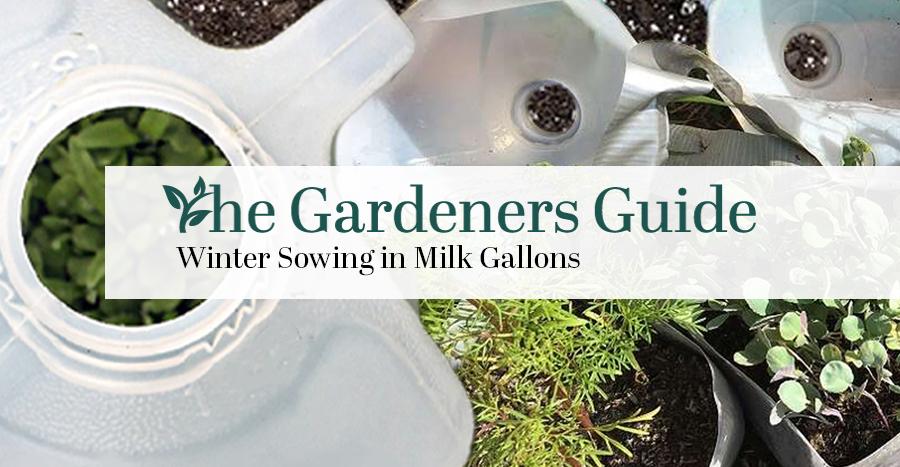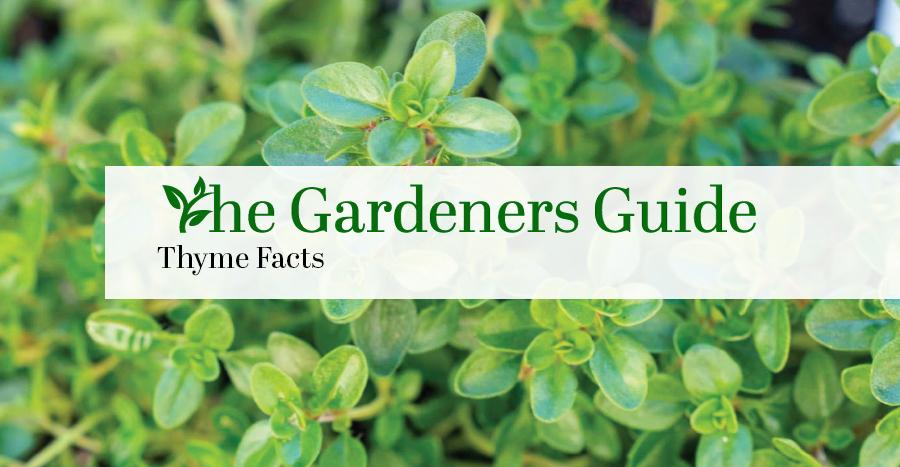Winter Sowing in Milk Gallons Winter Garden Project
Winter is a time of serene beauty, but it doesn’t have to be devoid of the joys of gardening. In fact, the winter months can be the perfect time to get a head start on your spring planting with an innovative solution: sowing in milk gallons. This clever and sustainable approach allows you to create a mini greenhouse environment for your seeds while repurposing everyday items.
By using milk gallons to sow seeds in winter, you can take advantage of their translucent nature which allows sunlight to penetrate and warm the soil inside. This creates an ideal germination environment for seeds while making use of materials that would otherwise go to waste. Additionally, setting up this unique winter garden project provides an opportunity to engage in a creative and eco-friendly activity that can bring immense satisfaction as you watch your seeds sprout and flourish despite the cold weather outside.
Downloadable instructions available below
Remember to download a copy of the instructions at the end of this article.

What you will need for this project
For this creative winter garden project, you will need a few essential materials to get started.
Here’s a handy list of what you’ll need:
- Empty milk gallons
- Potting soil suitable for seeds or seedlings
- Seeds of your chosen winter vegetables or flowers
- Scissors or utility knife for cutting the milk gallons
You may also want to consider additional items, such as:
- Sharpe or Permeant marker
- Watering can or spray bottle for gentle watering
- Small stones or pebbles for drainage at the bottom of the milk gallons
Instructions to Winter Sow in Milk gallons:
- Once you have a clean milk gallon, cut it in half leaving a small hinge intact to act as a lid for sowing seeds.
- Next, poke drainage holes in the bottom of the gallon to ensure proper water drainage for the growing plants.
- Fill the bottom half with a well-draining potting mix and moisten it before sowing your desired seeds.
- Close the top half of the milk gallon to create a mini greenhouse effect and place it in a sunny spot.
- Don’t forget to label your containers to keep track of whats what.
This winter sowing method allows for natural stratification that many seeds require for successful germination. The milk gallons create individual microclimates for each type of seed, promoting strong seedling growth. Additionally, this approach gives gardeners an early start on their planting season and reduces transplant shock when seedlings are eventually moved outside. By reusing milk gallons that would otherwise be discarded, this method also contributes to sustainable gardening practices.
Avoid disrupting them over winter
While you wait for your winter garden seeds to sprout in their milk gallon containers avoid disrupting the delicate process of germination. You should check on them but too much disturbance can hinder their growth. Patience is key as the seeds begin their journey towards becoming healthy, thriving plants. Instead, use this waiting period as an opportunity to research and prepare for the next steps in your gardening project. Take time to read up on specific care instructions for the types of plants you’re growing, prepare and gather any necessary supplies. Record your plants in a plant log or journal and jot down their requirements.
Ready in Spring
As the cold grip of winter begins to loosen, your seedlings should be robust and ready for their next stage of growth – transplantation from the milk gallons to the great outdoors. This pivotal moment signifies the culmination of your careful nurturing and heralds the beginning of their independent life in your garden. But before you bid farewell to these humble containers, open them for a few days to allow you seedlings to acclimate to the outdoor environment. This gradual transition will help prevent shock and ensure a successful transplant.
As you open the milk gallons, expose your seedlings to increasing amounts of sunlight each day. Start with just a few hours of direct sunlight and gradually increase the time over the course of a week or two. This process, known as hardening off, will toughen up your plants and prepare them for life in their new home.
Encourage your kids to get involved
Sowing in milk gallons is a great project to do with family and children, as it can be a fun and educational experience for everyone involved. Encourage your kids to get involved by letting them help with the planting process. Not only does it introduce them to the wonders of gardening, but it also teaches them important lessons about sustainability and environmental responsibility. By reusing milk gallons as planters, kids learn about repurposing materials and reducing waste, all while growing their own food.
Furthermore, sowing in milk gallons provides an opportunity for children to witness the magic of growth and development firsthand. They can observe the entire lifecycle of a plant from seed to harvest, learning about the importance of nurturing and caring for living organisms along the way. This hands-on approach not only fosters a deeper understanding of nature but also encourages a sense of pride and accomplishment as they watch their efforts bloom into tangible results. Overall, sowing in milk gallons is an engaging and educational project that can instill valuable life lessons in children while creating lasting memories.
Don’t forget to download the instructions
Don’t forget to download your copy of the step-by-step instructions. You can give these our to friends, family, students or just keep a copy on hand. These step-by-step guides serve as a guide to simplifying this project.
Conclusion
The sowing in milk gallons winter project offers an innovative and sustainable approach to gardening by utilizing recycled milk gallons as planters. The process of sowing seeds in these containers not only reduces waste but also provides an affordable and convenient way for gardening enthusiasts to cultivate their own produce. As we have seen throughout this article, repurposing milk gallons for gardening encourages a sense of environmental responsibility and promotes creative solutions to minimize our ecological footprint.
Next,
Like this project? Explore our other garden projects for more ideas and solutions. Each with its own downloadable instructions. Check out our projects page >>










Leave a Reply
Want to join the discussion?Feel free to contribute!